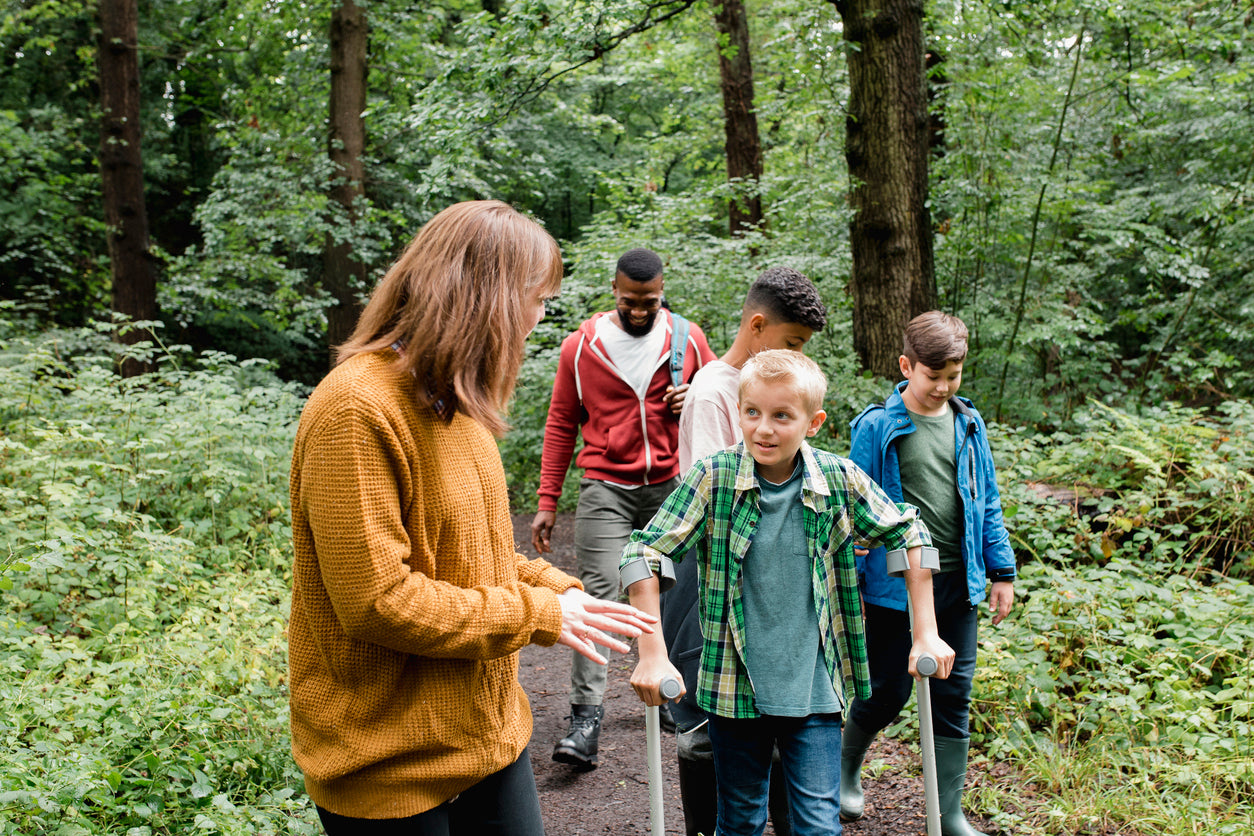Explore our collection of informative and educational blog posts to stay updated on the latest industry trends and expert advice.
How to Cultivate Lateral Thinking

Lateral thinking may just be one of the most undervalued skills in educational and professional environments today. Developed by Maltese inventor Edward de Bono in the 1960s, lateral thinking is a philosophical approach that cultivates an awareness of and preference for out-of-the-box, unexpected solutions to problems. It’s built on the observation that we often lean towards straightforward, obvious solutions to problems, and instead encourages us to seek out more oblique, innovative answers.
What is the definition of lateral thinking?
The technical definition of lateral thinking is solving problems using an indirect or creative approach, usually through viewing the problem in a new and unusual light. Also called “horizontal thinking,” it is contrasted with vertical thinking, which guides us to latch onto the first good solution we think of and launch into details and planning. Lateral thinking encourages a longer brainstorming session in order to enhance creativity and come up with the most innovative solutions.
What is an example of lateral thinking?
One classic example of lateral thinking is the following puzzle: “A man walks into a bar and asks the bartender for a glass of water, who instead pulls out a gun, cocks it, and points it at the man. The man thanks the bartender and walks out. Why did the man thank the bartender?” If you spend a bit of time asking questions and poking and prodding at different parts of the story, the answer becomes clear: the man had the hiccups, and because the bartender scared him, the man’s hiccups disappeared and he no longer needed the water. There’s no way to arrive at that answer, though, if you don’t take a deeper look, use your imagination, and read between the lines.
What are lateral thinking techniques?
Edward de Bono proposed four techniques for lateral thinking: awareness, random stimulation, alternatives, and alteration.
- Awareness
De Bono thought we should first cultivate an awareness of how our minds process information. Resisting established patterns is the first step toward greater innovation.
- Random stimulation
Exposure of randomness is an important part of lateral thinking. We normally try to shut out all distractions and focus with our minds on the task at hand, but de Bono argues that letting in a variety of information–by taking a walk, listening to a podcast, having a conversation with a stranger, taking a different route to work–can positively impact our problem-solving process.
- Alternatives
The third technique is to deliberately consider alternative solutions. Maybe you’ve settled on what you think is the perfect answer to your dilemma, but de Bono encourages us to take a bit more time to think of other options. In his view, it’s the only way to truly consider the problem from all angles.
- Alteration
Reversing the relationship between parts of a problem, going in the opposite direction of what’s implied, breaking patterns down into smaller pieces, and translating relationships into analogies and then translating them back are all examples of ways to cultivate an “alteration mindset” while problem solving.
A few other other strategies, according to Phil Lewis at Forbes, include transitional objects, jumping to the wrong answer, subtracting instead of adding, and telling a different story.
A transitional object is “someone or something embodying certain characteristics or qualities that you can use as inspiration for new ideas.” If you’re having team managementproblems at work, or student management problems in the classroom, you might look to a historical figure or activist for council (sometimes the mental shift you need to make can be found in the dusty pages of Seneca). Jumping to the wrong answer means asking “What should we absolutely not do in this situation?” and then working backwards from there. In a way, it’s like a process of elimination exercise, and can actually be more efficient than beginning more conservatively. Subtracting means doing a thought experiment where you imagine abandoning certain practices or asking others to do so. What would happen if you stopped doing A, B, C? Telling a different story is about rearranging and reapplying the various parts of archetypal plots such as quest, voyage and return, rebirth, comedy, tragedy, overcoming the monster, and rags to riches. Try reframing where you’re at as a different part of the narrative and see what happens.
Is lateral thinking good?
Although it’s become more popular in recent years, some critics argue lateral thinking should be taken with a grain of salt. Antonio Melechi, an honorary research fellow in the department of sociology at the University of York, warns that there’s little hard evidence that lateral thinking works in business and classroom settings. “Rather than accumulate independent empirical evidence of its efficacy,” he writes, “the lateral thinking movement still opts to festoon itself in anecdotes, hearsay and testimonials.” De Bono himself was not a fan of extensive research, calling it “artificial” and claiming that “nobody has been able to prove that literature, history or mathematics classes have prepared people for society.”
Therefore, it’s wise to do your own research and make up your own mind about the approach before you integrate it into your personal or professional routine. Still, Melechi notes that there are many “practical positive effects that are regularly reported as a result of the efficient use of de Bono’s lateral thinking tools.”
Further reading:
https://www.edwddebono.com/lateral-thinking
https://www.forbes.com/sites/phillewis1/2020/03/20/the-most-valuable-skill-in-difficult-times-is-lateral-thinking-heres-how-to-do-it/
https://aeon.co/essays/lateral-thinking-is-classic-pseudoscience-derivative-and-untested








